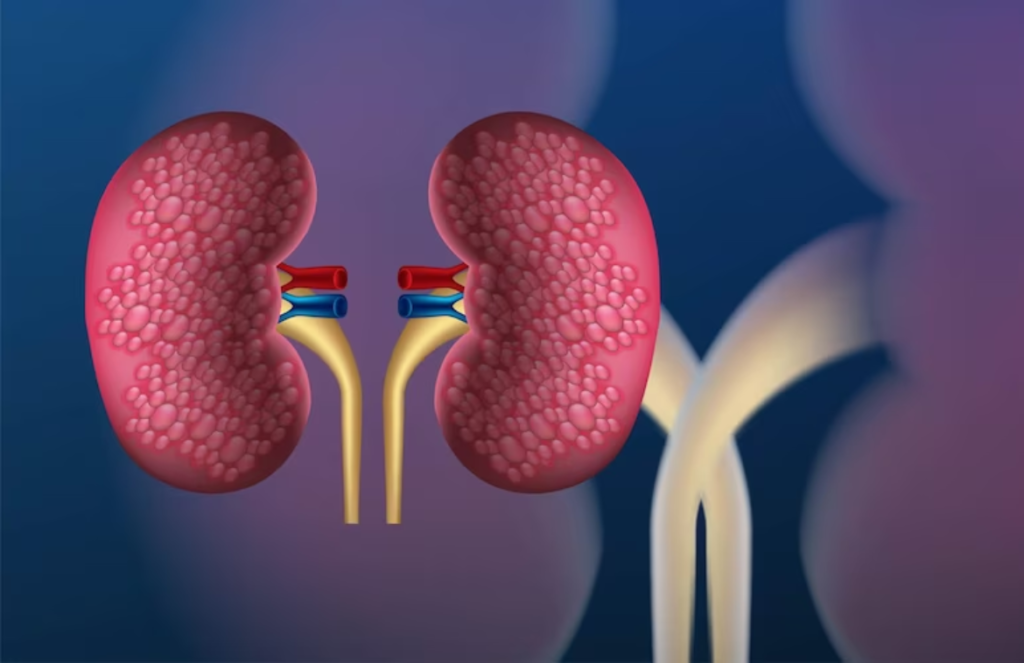Spine surgery needs to be done professionally and it is better to consult spine surgeons in Hyderabad. Much care and precaution is required to ensure the best treatment.
Minimally invasive spine surgery (MISS) happens to be a type of surgery on the bones of one’s spine (backbone). This type of surgery does make use of smaller incisions than standard surgery. This often does cause less harm to nearby muscles as well as other tissues. It can lead to less pain and also faster recovery after surgery.
It is good to consult spine surgeons in Hyderabad for reliable and proper treatment. These surgeons are well-versed and experienced and naturally, the patient need not worry about the treatment process.
The standard method of spine surgery is known as open surgery. This makes use of a long incision down the back. The muscles and soft tissue around the spine would need to be moved away. In a few cases, the tissue would need to be removed. The spine, spinal nerves, discs, and vertebrae are all located under layers of muscle as well as tissue. Accessing these parts of the body does require extensive maneuvering and at times more complicated cutting procedures.
Yet, spine surgeries that do require less cutting as well as moving have become more common thanks to advanced tools and also robotics. These surgeries are often referred to as minimally invasive spine surgeries.
Benefits of Minimally Invasive Spine Surgery
- Less anesthesia
- Less blood loss during the surgery
- Less muscle as well as soft tissue damage
- Reduced risk of infection
- Less pain after the surgery
More benefits of MISS
- Less trauma or risk of muscle damage
- Faster surgery
- Fewer risks
- Less blood loss
- Shorter recovery time
- Less damage to the skin from small incisions
- Lower risk of infection
- Less rehab or even physical therapy needed
- Reduced need for pain medications
- Several common back conditions are treated with MISS:
Degenerative disc disease· spinal deformities such as scoliosis or sagittal imbalance.
- Bone spurs
- Fractures
- Herniated discs
- Spinal stenosis
- Spinal infections
- Spinal instabilities such as spondylolisthesis
Certain back conditions do not qualify for MISS. A doctor or healthcare professional can review the required options for treatments. MISS can be a treatment option.

Types of MISS
There are several types of MISS:
- Screws and rods
- Discectomy
- Spinal decompression
- Transforaminal lumbar interbody fusion (TLIF)
Other Benefits of Minimally Invasive Spine Surgery
A few common spine diseases safely treated with MIS surgery are:
- Slip Disc
- Spinal Stenosis
- Degenerative Scoliosis
Further benefits of MIS surgery are:
- Small incisions as compared to of course traditional open spine surgery, do make the recovery time short for the patient. Fewer stitches are indeed needed (sometimes even a single stitch is enough).
- Small scars, that fade away with time, do permit a better cosmetic outcome.
- The highly specialized tools do allow more precision and safer outcomes.
- Short stay in the hospital does make it more convenient as well as cost-effective for the patients.
- Tiny incisions tend to make surgeries less painful and traumatic, thus permitting early recovery and in doubt a return to normal life.
Conclusion
Minimally invasive techniques have brought a great revolution in spine surgeries, enhancing their safety, success, and positive outcomes. It is safe to consider this surgery and thus lead a healthy normal life. The goal of minimally invasive spine surgery (MISS) is no doubt to achieve outcomes equivalent to those of open surgery while minimizing muscle dissection, disruption of ligament attachment sites as well and collateral damage to soft tissues.















